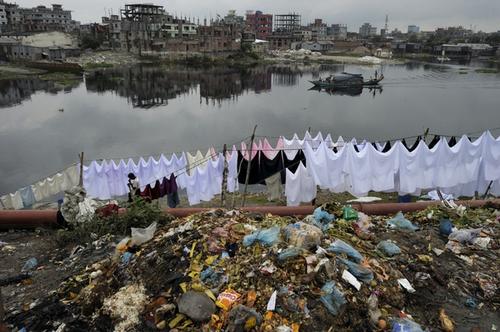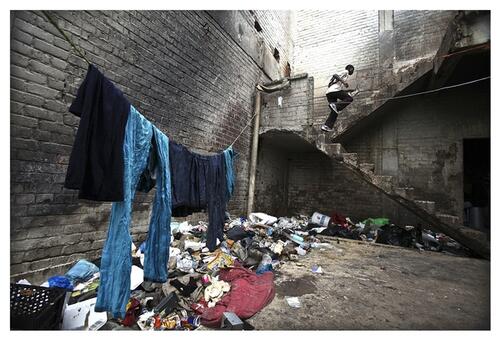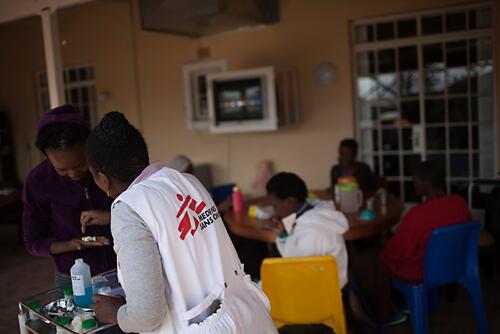Zimbabweans and other survival migrants and refugees forced by circumstances to live in slum buildings in inner-city, Johannesburg February 2011
Médecins Sans Frontières/Doctors Without Borders (MSF) is an international, independent, medical humanitarian organisation that delivers emergency aid to people affected by armed conflict, epidemics, health care exclusion and natural or man-made disasters. The organisation works in more than 60 countries throughout the world and has been working in South Africa since 1999. In South Africa, MSF provides HIV/AIDS and tuberculosis (TB) treatment in Khayelitsha in the Western Cape. MSF also successfully handed over a rural HIV/TB programme in Lusikisiki in the Eastern Cape in 2006 and a project providing emergency medical care for survivors of sexual violence in Khayelitsha in 2009.
Since 2007, MSF has also been providing medical and humanitarian assistance for Zimbabweans and other survival migrants and refugees seeking refuge in South Africa through two projects – one in central Johannesburg and another in Musina, along the border with Zimbabwe. In Johannesburg, MSF runs a clinic in the inner-city next to the Central Methodist Church (CMC), which provides primary health care, mental health support, and referrals to hospitals and specialised facilities, including for chronic conditions such as HIV and TB. Initially the MSF clinic adjacent to the CMC was primarily frequented by newly arrived Zimbabweans temporarily resident in the CMC next door. Today, only 10-15% of clinic attendees come from the CMC. A large proportion of people now come from the numerous slum buildings situated in the inner-city of Johannesburg. An MSF survey conducted in 2010 showed that the majority of newly arrived Zimbabweans tend to move directly into the slum buildings of the inner-city on arrival in Johannesburg.
These buildings were largely abandoned in the post-Apartheid era by (white) landlords and occupied by poor (black) South Africans who lived communally to save rent. More recently, the buildings have become largely inhabited by Zimbabweans and other vulnerable migrants and asylum seekers. There are also a large number of children (some of whom are unaccompanied) present in the buildings.
Many of these buildings have been hijacked by criminals or controlled by slum lords whose interest is to extract maximum profits from tenants while little or no maintenance work is done and basic water and sanitation services are in shambles or nonexistent. This exploits vulnerable people who cannot afford any other accommodation or shelter in the city.
*The City of Johannesburg has identified 1305 slum buildings with an estimated population of more than 250,000.






